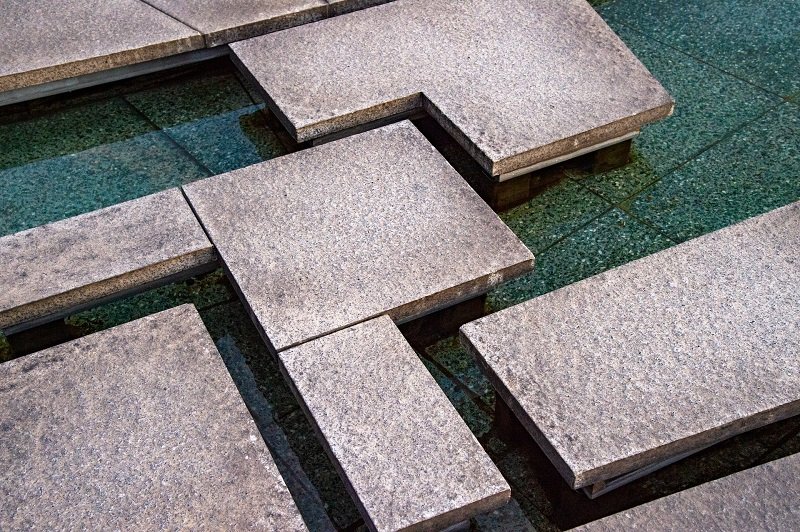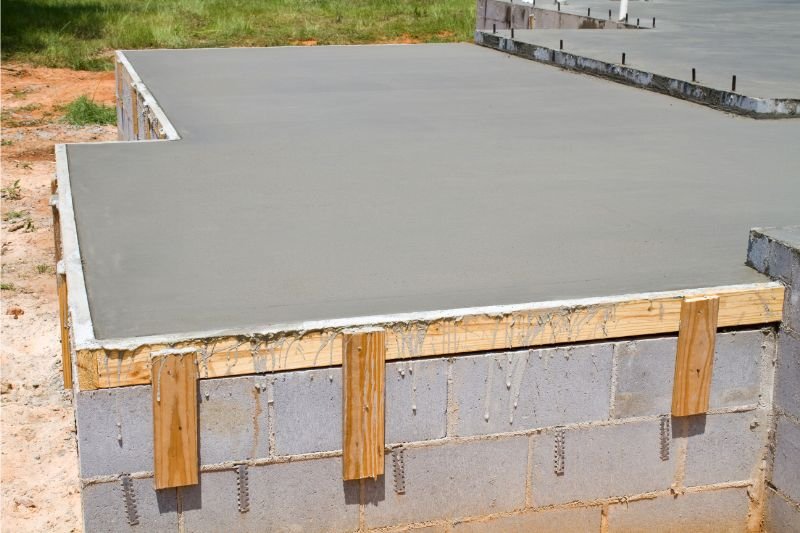Have you ever wondered how our surroundings came to be? To look at the structures around us, from the grandeur of skyscrapers casting their shadows down on sidewalks to the cosy houses dotted along leafy suburban streets, each meaning something different to their respective occupants. But beneath this structures’ varied aesthetics lies a commonality, one that goes beyond form, function, and style. Have you ever really considered the role that concrete plays in today’s world?
Concrete, familiar and often overlooked, is under a revolution. Reimagining and reinventing itself as a material of the future through the emergence of new technologies and innovative applications. Less a grey blur on the architectural landscape and more a vibrant, versatile entity pushing boundaries. So, where is the innovation in concreting taking us? Which modern trends and advancements should we be looking out for? Let’s unpack this together.
Understanding Traditional Concrete: The Backbone Of Modern Infrastructure

As we celebrate the new, it often helps to understand the old. And so it’s with concrete, a staple in construction since time immemorial. Traditional concrete, the humble blend of cement, sand, aggregates, and water, has served us well for centuries. But with environmental impacts and evolving needs, the call for innovation is louder than ever. So, let’s peek through the looking glass into what tomorrow’s concrete looks like.
Green Concrete: The Eco-friendly Trailblazer
Tuned in to global cries for sustainability, the industry has responded with ‘green concrete’. Made from recycled and waste materials, this version demonstrates that ‘concrete’ and ‘eco-friendly’ no longer mutually exclusive. With lower carbon footprint during production and impressive durability, green concrete stands tall as a true testament of where innovation meets environmental stewardship.
Decorative Concrete: Where Form Meets Function
We’re witnessing a shake-up in design aesthetics with the introduction of decorative concrete. This variant has embraced color, texture, and pattern, bringing concrete from the background into the spotlight. This flexible material can mimic anything from cobblestone pathways to hardwood floors, making it not only a structural workhorse but also a design star.
Concreting Technologies: The Game-changers
Innovation in concrete applications isn’t confined solely to its composition. Technological advancements such as 3D concrete printing and self-healing concrete are set to redefine construction, enabling bespoke structures and addressing the critical issue of concrete structures’ maintenance.
Opportunities And Challenges In Mainstreaming Innovations

As with any paradigm shift, incorporating these innovations into mainstream concreting practices brings with it opportunities and challenges. Opening new doors for design and sustainability, yet grappling with affordability, practicality and reluctance to move away from the familiar. It’s a balance that the industry continues to negotiate.
Policies And Legislation: Impact On Change
Beyond practicalities, progression in the concreting landscape is also entwined with policies and legislation. Having regulatory environments that support and encourage innovation is crucial, underscoring the critical need for collaborations between policymakers and industry players.
Conclusion
Undeniably, innovation in concreting continues to forge a path into the future, transforming our built environment in significant ways. From sustainable materials to groundbreaking technologies, concrete stays relevant, robust, and evolving. As we look ahead, it’s clear that the potential for concrete is far from exhausted, promising a tomorrow where concrete exists not merely as a building material but also a catalyst for sustainable and aesthetic revolutions.









